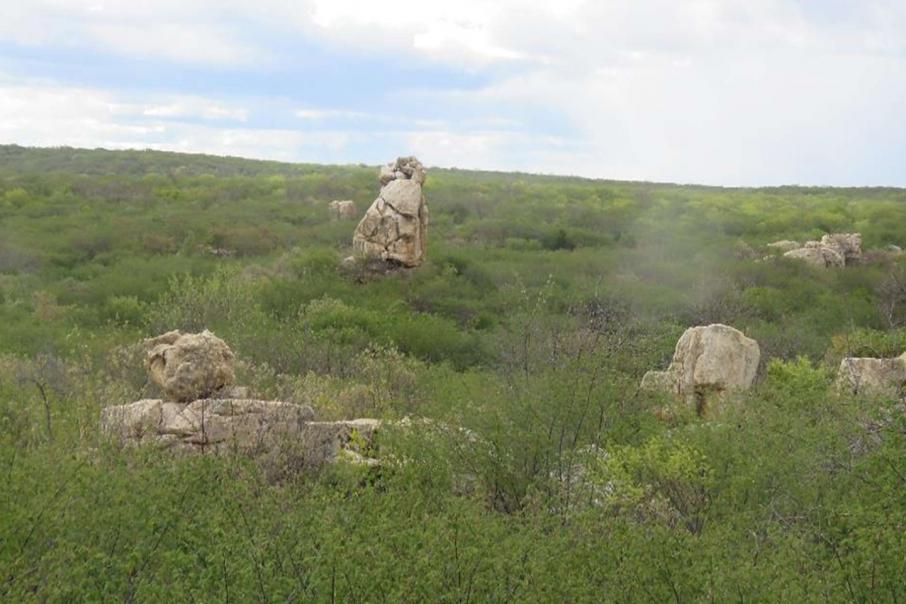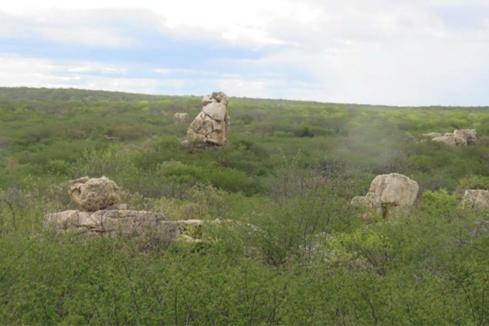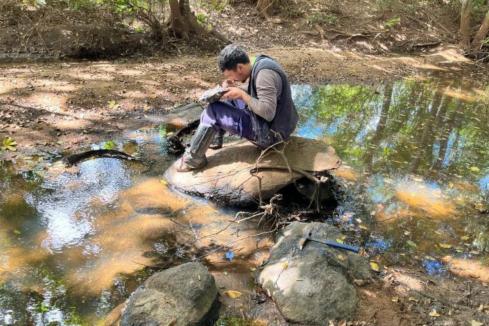ASX-listed Gold Mountain has identified a series of lithium anomalies from stream-sediment sampling at its Logradouro project in Brazil, where the company has mapped 250 pegmatites across its two-tenement site.
Management says the sampling results indicate the presence of lithium-caesium-tantalum (LCT) pegmatites within the operation, with soil sampling set to follow up on selected anomalies to define drill targets.
The company has highlighted several areas with anomalies showing values of between 98.3 parts per million and 143ppm lithium, in addition to slightly lower lithium anomalies between 83.6ppm and 95.1ppm. Several anomalous tin samples were also recorded.
Logradouro is in a region known as the Seridó Belt and contains many known lithium occurrences, including spodumene mines which are currently being operated at a small scale.
A lithium-bearing pegmatite, together with several tantalum, beryl and feldspar occurrences and artisanal workings, have been recorded north of Gold Mountain’s tenements in a belt trending into the Logradouro project. One pegmatite sample taken from a feldspar mine to the north of the project was analysed by the Geological Survey of Brazil and found to be lithium-bearing.
The recently identified anomalies lie along the flanks of granite intrusives thought to be the source granites.
Management says follow-up soil-sampling work is planned for the most highly-anomalous catchments in the tenements. All four areas have substantial numbers of identified pegmatites, meaning the soil-sampling program is required to determine the lithium-bearing pegmatites for priority drilling.
In June, the company signed a deal to pick up 75 per cent of nearly 4000 square kilometres of ground across 204 tenements and 12 project areas in north-east Brazil – a region that is rapidly attracting the world’s attention amid lithium’s rise to prominence.
Gold Mountain has also been completing due diligence fieldwork across its tenements ahead of a shareholder vote expected this month regarding its plans to take a 75 per cent share in its joint venture partner, Mars Mines.
Just last month, it detected lithium in soil samples in a 2.5km-long zone at its new Salitre project that it believes could extend out to 8km in length. The anomalous zone also shows caesium, tantalum and tin and remains open to the north and south. Two nearby anomalies also require more sampling.
Management interprets its Salinas II and the Salinas South lithium projects to be adjacent to other major players, including Latin Resources. The ground is within the proven “Lithium Valley” area that hosts Sigma Lithium’s flagship Grota do Cirilo mine, which was Brazil’s first producing lithium operation.
While it is still early days in terms of exploration at its Brazilian tenements, Gold Mountain would be buoyed by the confirmation of lithium anomalies in an area that already has 250 pegmatites mapped.
Is your ASX-listed company doing something interesting? Contact: matt.birney@businessnews.com.au















